They created this combo-circle puzzle to use during their table top teambuilding programs. There is a 13-word circle puzzle on one side of the cards (along with a direction card), and a 14-picture circle puzzle on the other side. Jon told me they designed the puzzle this way to manage the 'solving time' issue. (If you don't know about Circles Puzzles, there are links below to get you started.)
When working with a lot of table groups, I, for one, have told groups to call me over to check their puzzle solution and then I would give them another puzzle. Often times groups are waiting for me to check their puzzle so they can play again. To solve this wait, Jon and Brandon hand out this one puzzle, and when a group agrees to the solution of the word circle puzzle they simply turn over the cards and work on the picture word circle puzzle.
I was so excited about this new mental model I didn't ask Jon any questions (maybe he'll tell us more in the Comments). So, I'm guessing there will be some questions about the picture word circles, but walking around answering questions will go a lot faster than checking a puzzle answer. And, when I use this version, I will play until one table solves the picture puzzle, give everyone else 60 seconds to try and finish before I stop playing (or, I would stop playing when the allotted time was up – say, 20 minutes?
Here are some questions for you (and Jon and Brandon). Would you check the word circle puzzle before table groups move on to the picture circle puzzle? Is it necessary in relation to the purpose of the activity? What is the purpose of the activity? What can groups learn from it? What about giving hints? Would you give groups hints and will they keep the hints to themselves?
Don't know about Word Circle Puzzles and Picture Word Circle Puzzles? Check THIS post and THIS post. And, use the 'Search' feature on this page – type in Word Circle Puzzles to find lots of FREEbies.
Here's the PDF. Print the file 'double-sided' then cut and laminate for long-lasting fun.
| word_picture_circles_jonbrandon.pdf |
Have fun out there!
Chris Cavert, Ed.D.

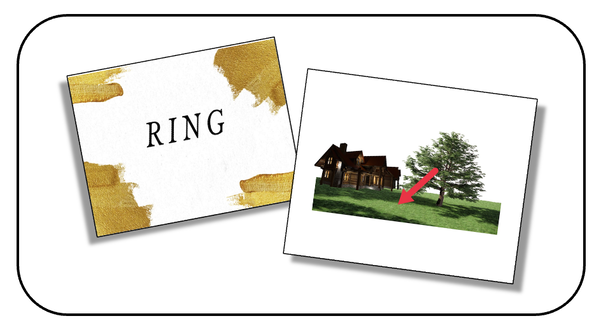
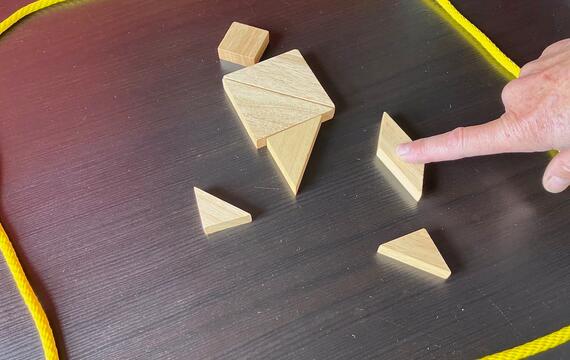
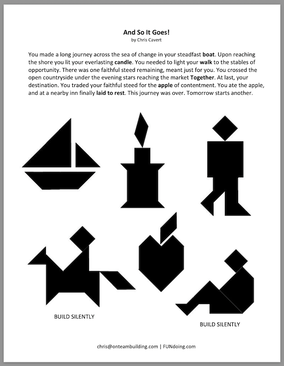
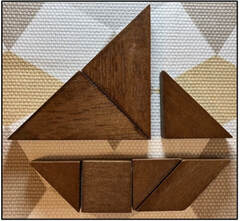
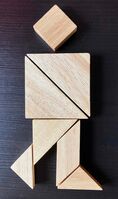
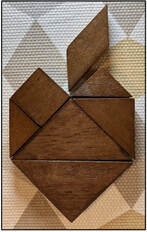
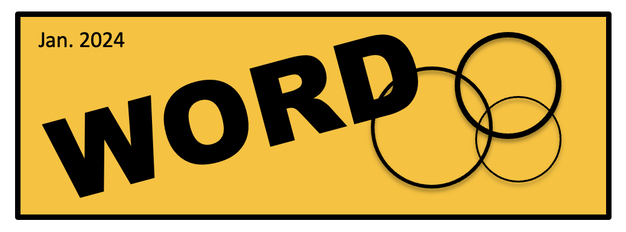
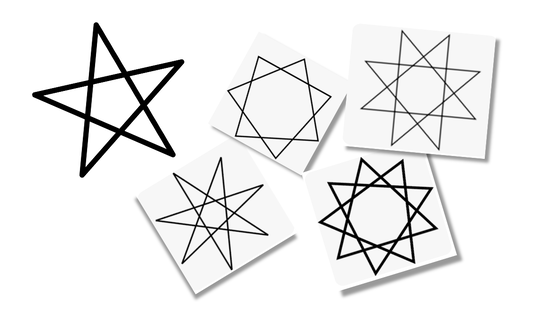


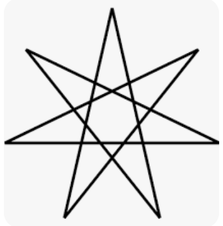
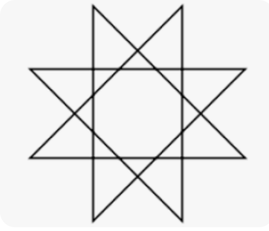

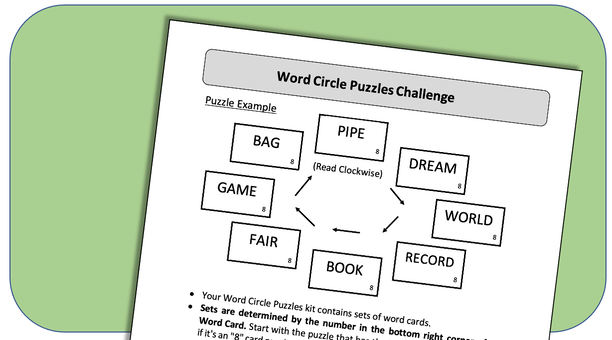
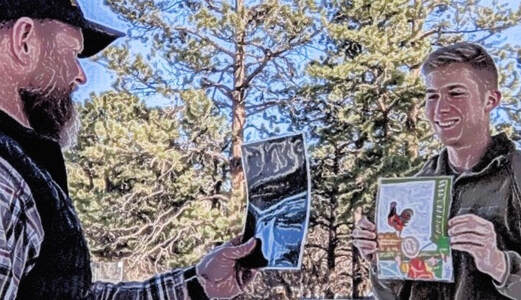
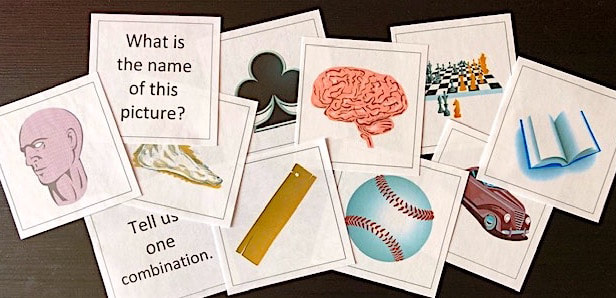
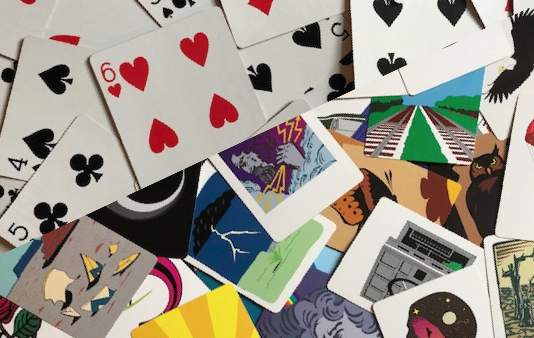
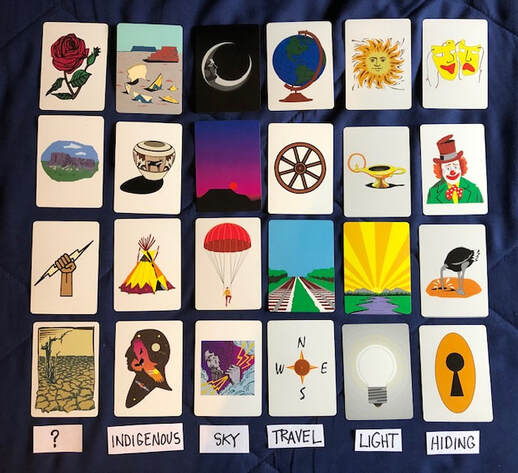
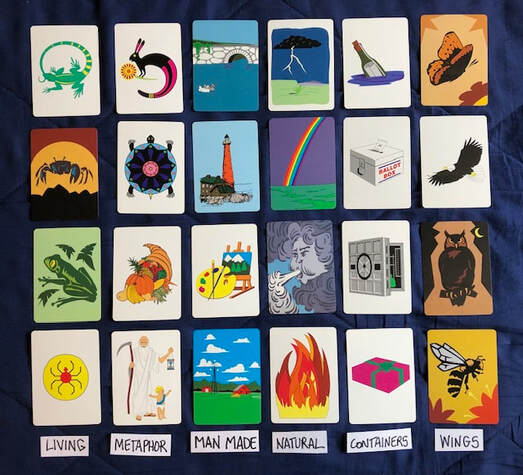
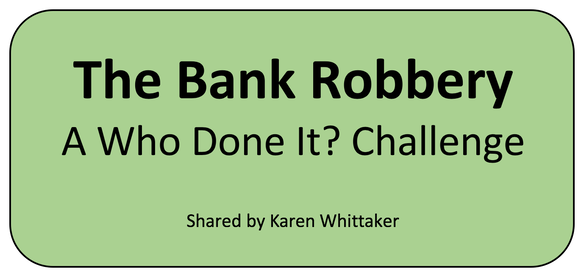
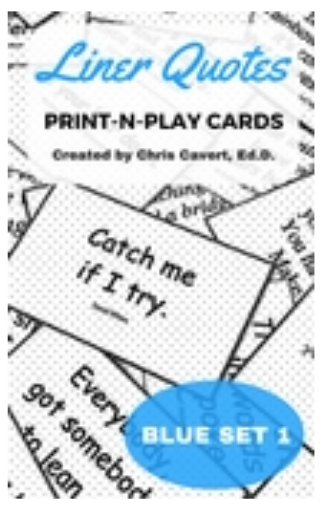
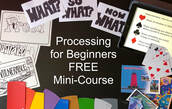

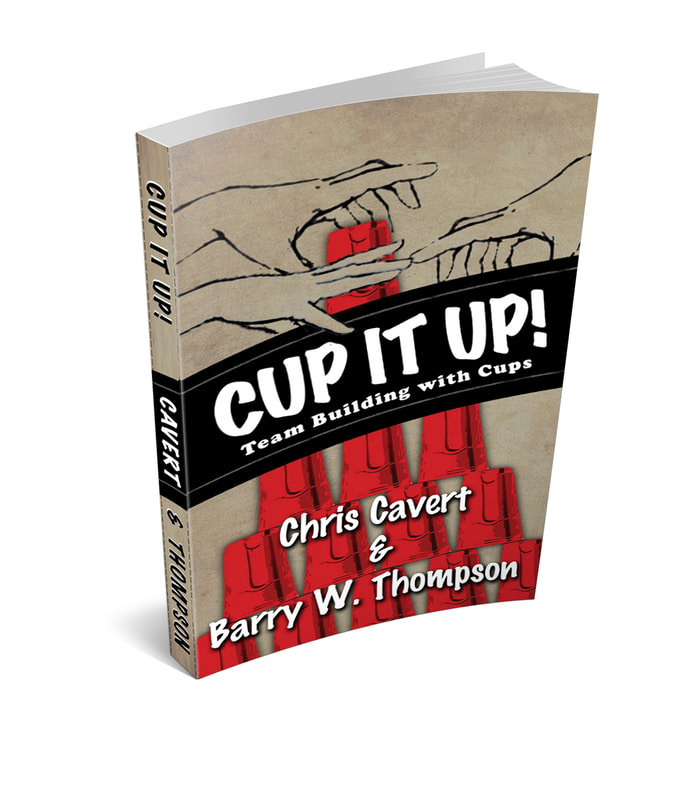
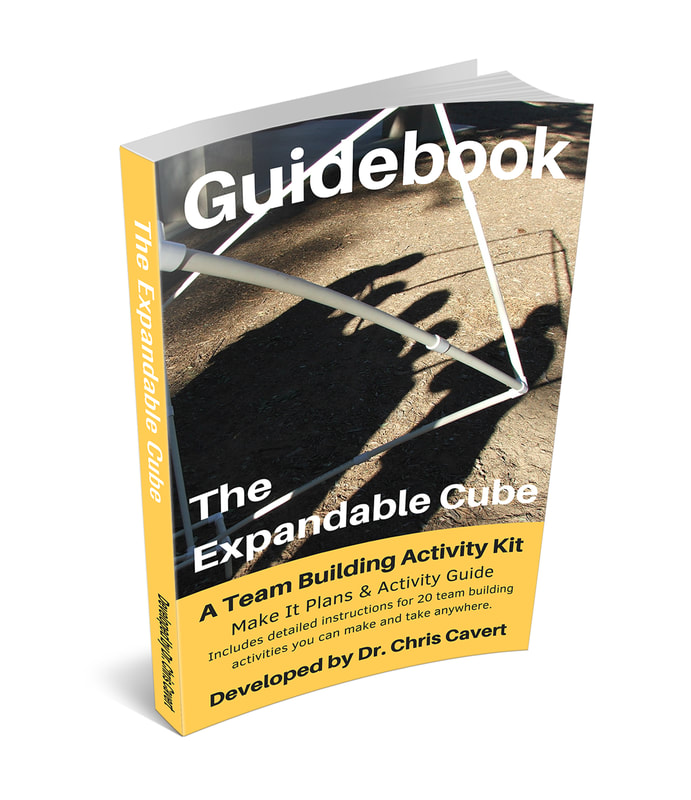
 RSS Feed
RSS Feed